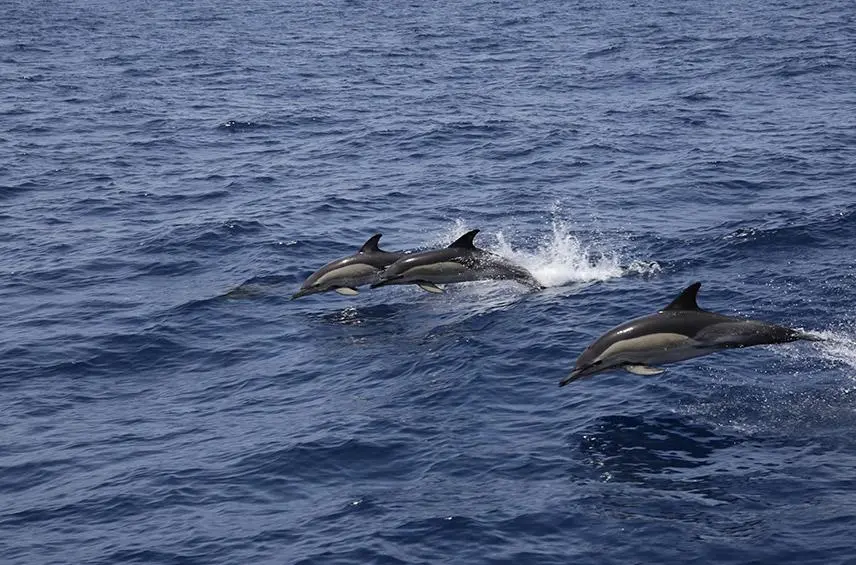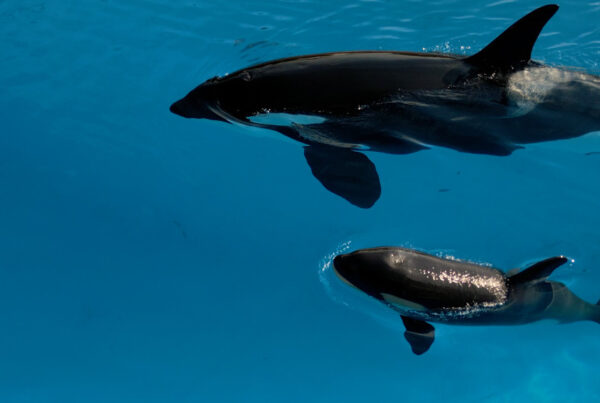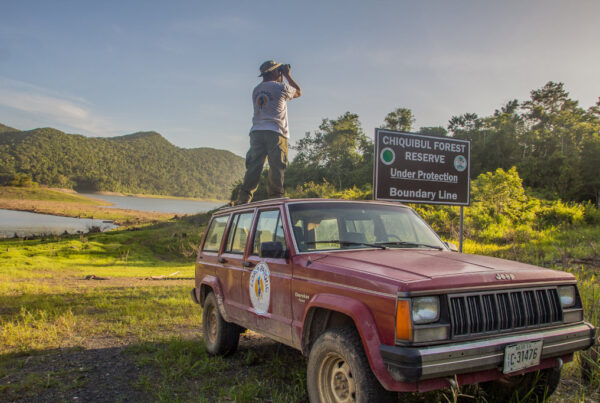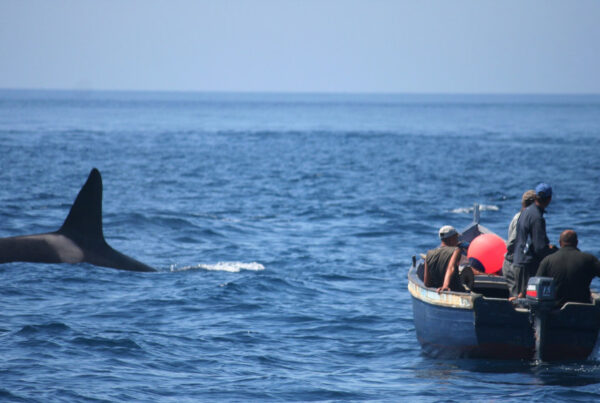
| Category | Completed |
| Date | 2019 |
| Investment | 262.778$ |
Macaronesia: Azores, Madeira, Canary Islands and Cape Verde, holds great richness and diversity of cetaceans. LPF is working to create a marine sanctuary to ensure the protection of these animals, which are essential for ocean health.

The Macaronesia oceanic ecoregion extends in the oceanic areas adjacent to the biogeographic region of Azores, Madeira, Canary Islands and Cape Verde. This is an area of high biodiversity hosting 80% of all cetacean species in the Atlantic Ocean. From a marine perspective, the eco-region is mainly characterized by the Canary Current Large Marine Ecosystem (CCLME), which is one of the four largest upwelling systems in the world.
According to data from FAO’s Global Environmental Facility, the Canary Current Large Marine Ecosystem shows a decline in its marine resources, their distribution, abundance, recruitment, and reproductive behaviour. This includes small pelagic, demersal fish, crustaceans, and other species such as marine mammals, sharks, sawfish, seabirds, and turtles. The main causes of the decline are overfishing of industrial and artisanal fleets, overfishing in critical habitats and nursery areas, use of non-selective and destructive gear, illegal fishing, and changes due to environmental variability. In addition to this, there is the threat of a constant increase in maritime traffic, which poses a growing risk of collision for large cetaceans in the area, and underwater noise. In the last decade there has been an increased interest in the effects of underwater noise on living organisms, discovering that not only cetaceans and marine mammals in general are sensitive to this type of pollution, but that it can affect turtles, fish, crustaceans, cephalopods and virtually any marine organism.
The establishment of a Macaronesian Marine Mammal Sanctuary is a project initially proposed by the International Fund for Animal Welfare (IFAW) and the Society for the Protection of Marine Mammals (GSM). Loro Parque Fundación assumed the creation of this sanctuary as one of its conservation goals and since then, it has been funding different projects for the conservation of cetaceans, sea turtles and sharks.
The funds have served to cover the needs of different research groups working in this region, from the studies that provided the first insight and described the species and their population status, to the CanBIO project, focused on better understanding the threat posed by climate change on marine ecosystems, and the distribution of cetaceans in unexplored areas of the region.
In the last 25 years there has been a great leap in scientific knowledge about the cetaceans of Macaronesia and their threats, at the same time, the protection of cetaceans has evolved from the initial concept of sanctuary to a more holistic one of Marine Protected Area (MPA), with the purpose of meeting the new challenges of conservation of marine systems.
BLOG
News





